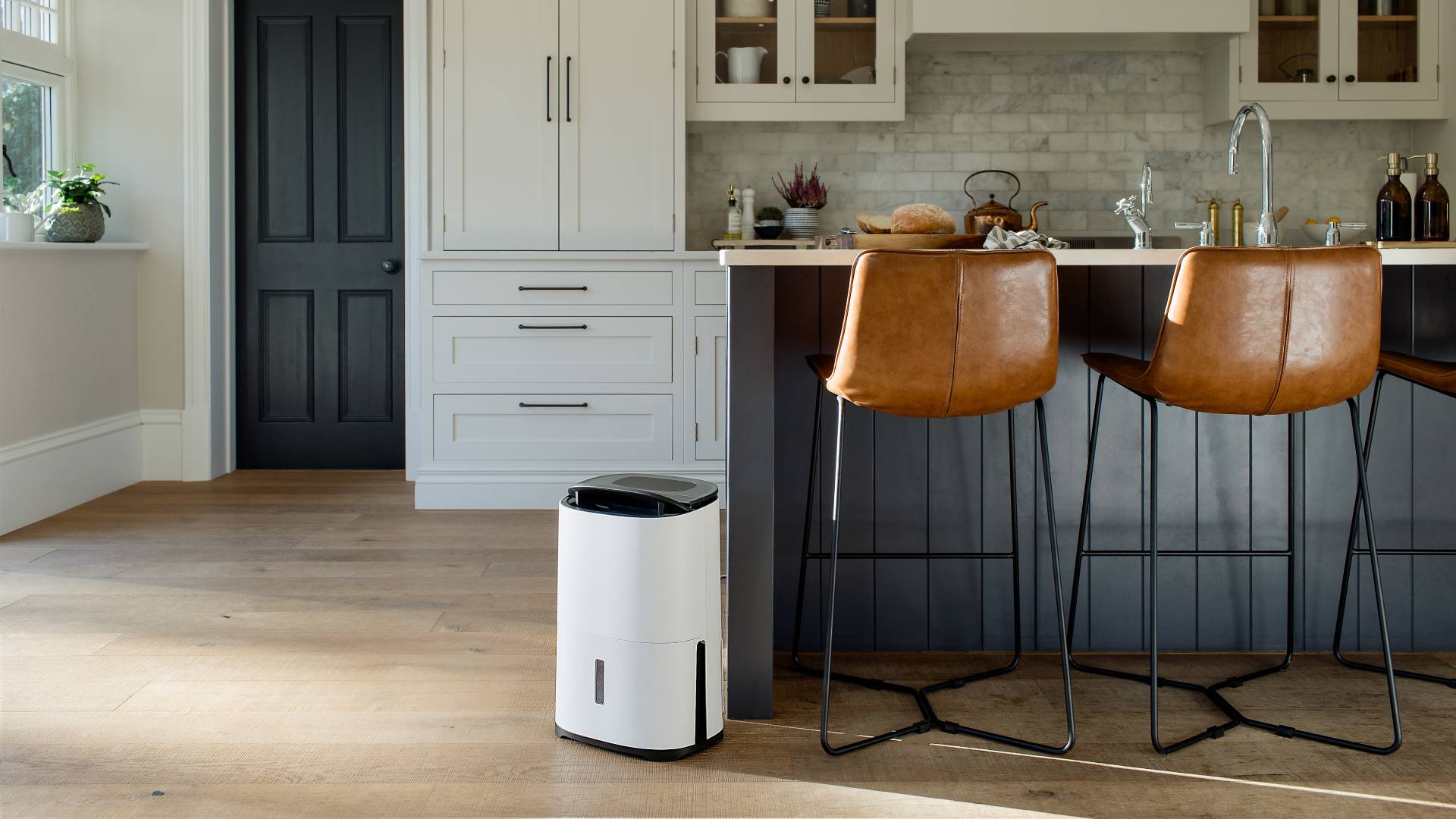
So you've decided to buy a dehumidifier. But after a bit of window shopping, you may have discovered there are two types to choose from. Which begs the question – what are the differences between desiccant vs compressor dehumidifiers?
Both can clear the air of that pesky moisture that wreaks havoc by encouraging mould to grow. Still, each operates differently, making it likely that one or the other will be the best dehumidifier for your particular damp or condensation issue.
We've asked two dehumidifier experts to outline what you need to know before buying a dehumidifier, explaining the differences between the two models to help you decide which type is best for your home.
What's the difference between desiccant vs compressor dehumidifiers?
In short, the main distinction between them is how each dehumidifier works, as desiccant and compressor models use different technologies to extract moisture.
"A desiccant dehumidifier uses an absorbent substance to attract and hold water from the air," says Chris Michael, managing director of Meaco, which manufactures both types.
"It's then heated to release the water which is then collected in a water tank. A compressor uses "cold coil" technology, like a refrigerator, that condenses moisture from the air that drops into a water tank."
"A compressor dehumidifier creates a cold surface within the dehumidifier on to which condensation forms, just like it does on a cold window," explains Nicki Bourlet, home appliance expert at Currys. "As it forms it runs down the inside of the dehumidifier – either into a container with a cut-off that will switch the dehumidifier off when full, or via a hose to a drain."
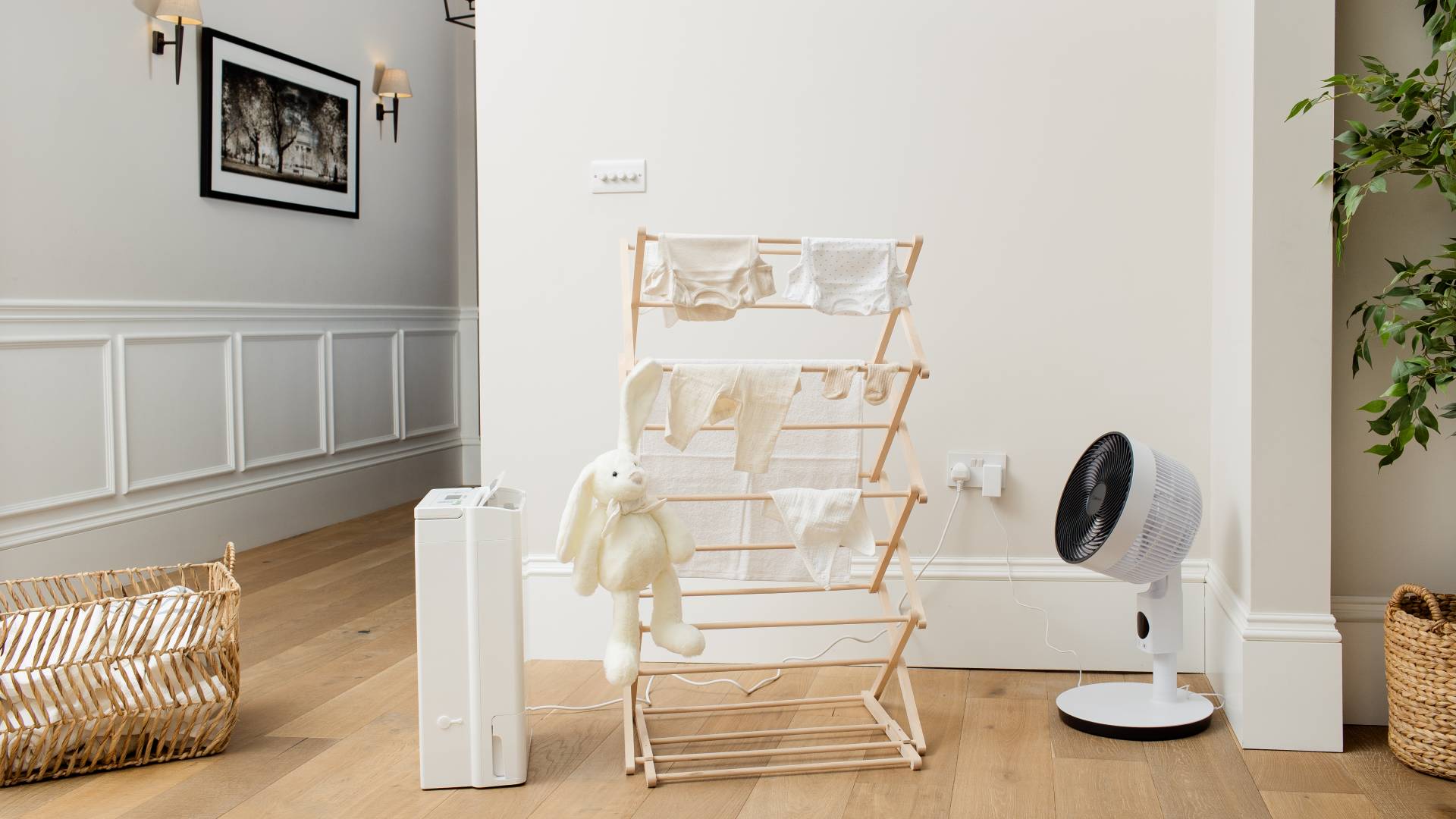
"A desiccant dehumidifier, on the other hand, has a thick wheel of water-absorbing material over which damp filtered air is drawn," Nicki continues. "As it slowly turns, it soaks up the water from the air on one side of the circle. As it comes to the close of its revolution, hot air is blown over the wet wheel to dry it out.
"The water is condensed and flows into a container and the hot drier air is returned to the room. It weighs less than a compressor dehumidifier and works well in colder unheated rooms like conservatories."
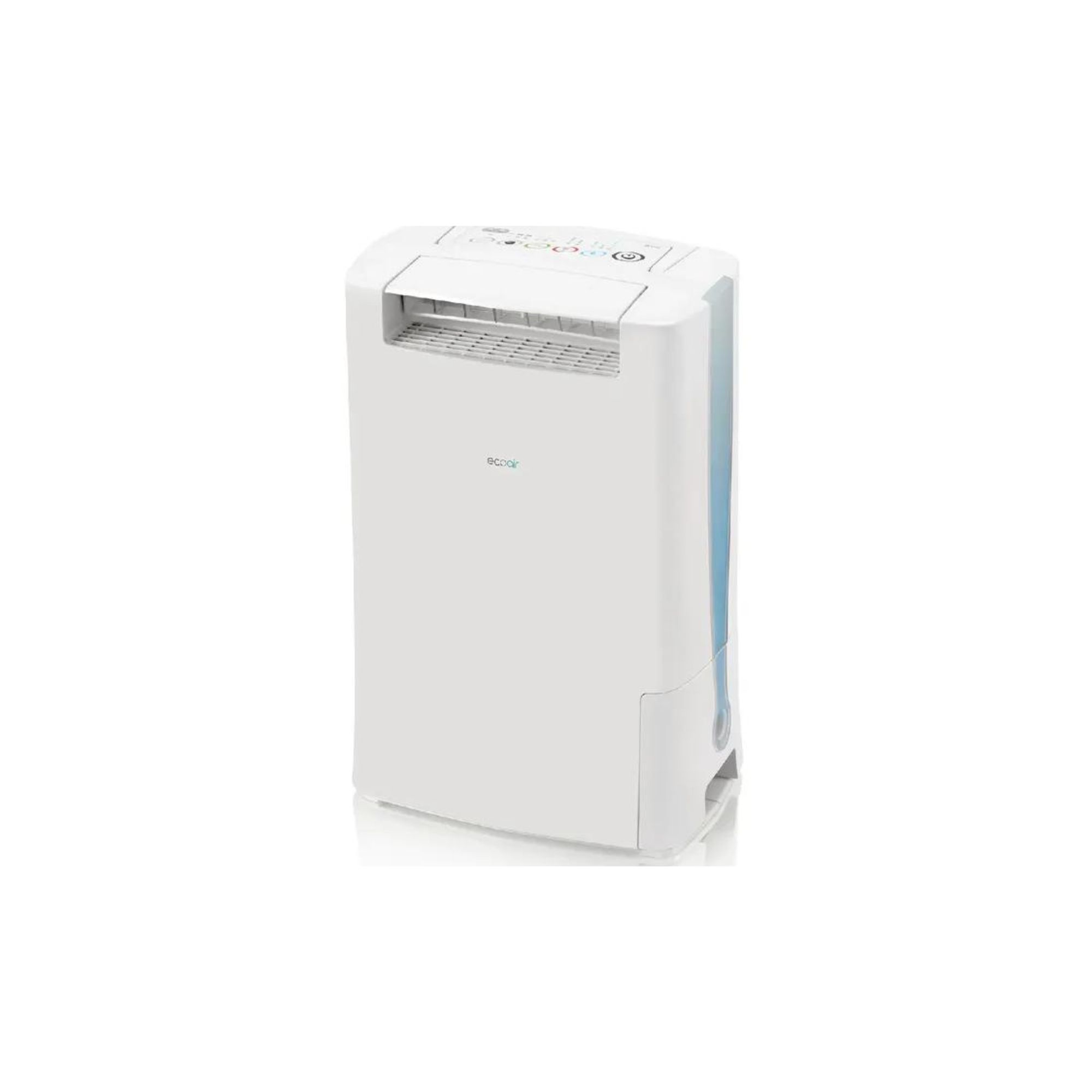
This EcoAir dehumidifier is one of the best desiccant models in our buying guide. Our EcoAir Desiccant 8L Dehumidifier review found this to be the best model for drying clothes quickly. The Desiccant 8L features three drying modes and two laundry.
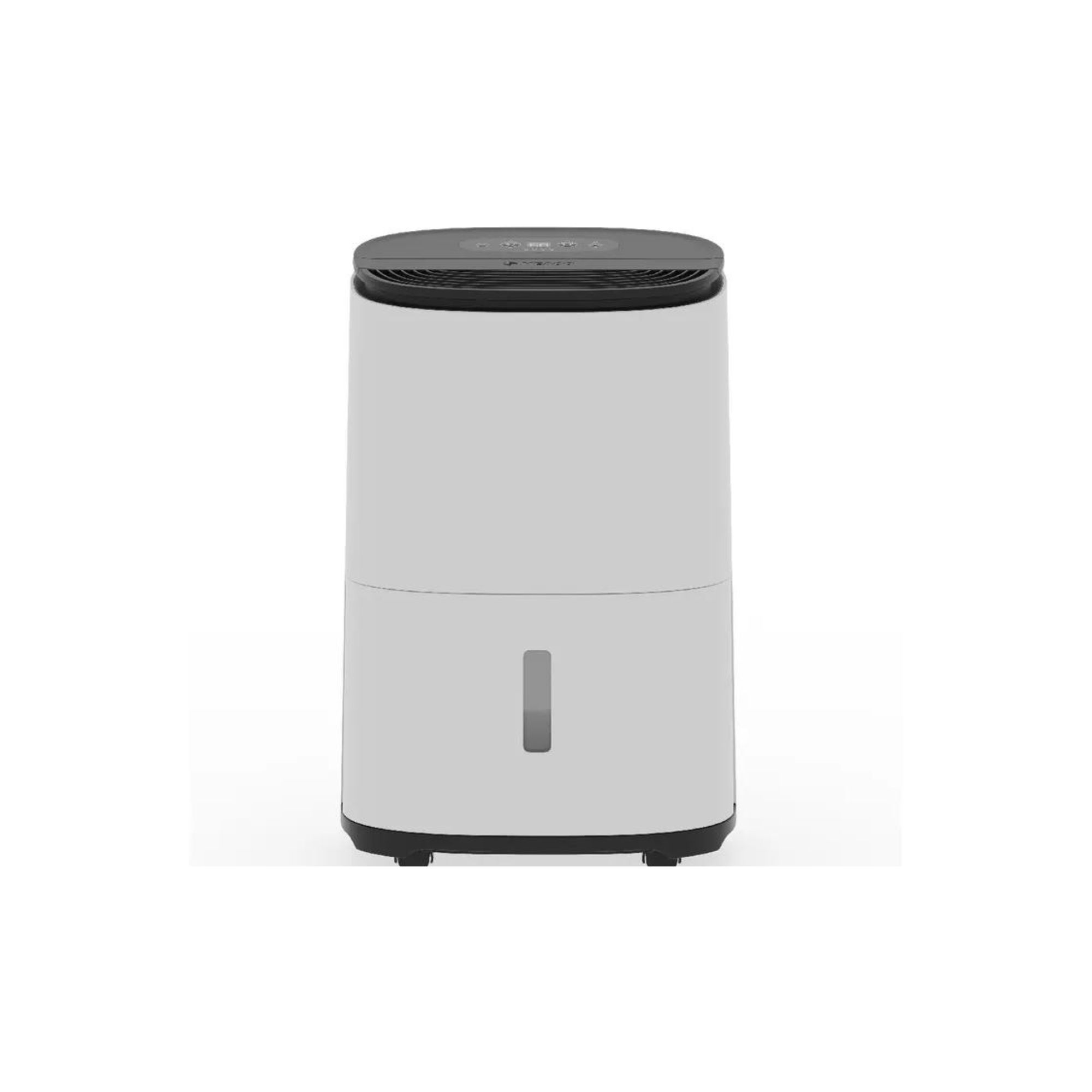
Our MeacoDry Arete One review found this compressor model to be an all-around great dehumidifier. It's simple, easy to use, great for families with little ones, and quiet. It even has a laundry mode, handling your home's moisture and wet clothes.
Which is best for removing condensation?
If your primary issue is clearing condensation that forms on windows, our experts explain which type of dehumidifier you should go for.
"Both will do the job but the desiccant has the edge because it will disperse warmer dry air," says Nicki Bourlet at Currys. "The warmer air will help raise the temperature of the glass, so the window will then attract less condensation."
Michael at Meaco has a slightly different take: "It depends on the temperature,' he tells us. 'If in a cold, unheated room, a desiccant is best. In a typical house where the temperature is over ten degrees, then a compressor. This is due to the different machine's efficiency depending on the temperature."
Verdict: Desiccant dehumidifiers have a slight edge, particularly in colder rooms.
Which is best for drying laundry?
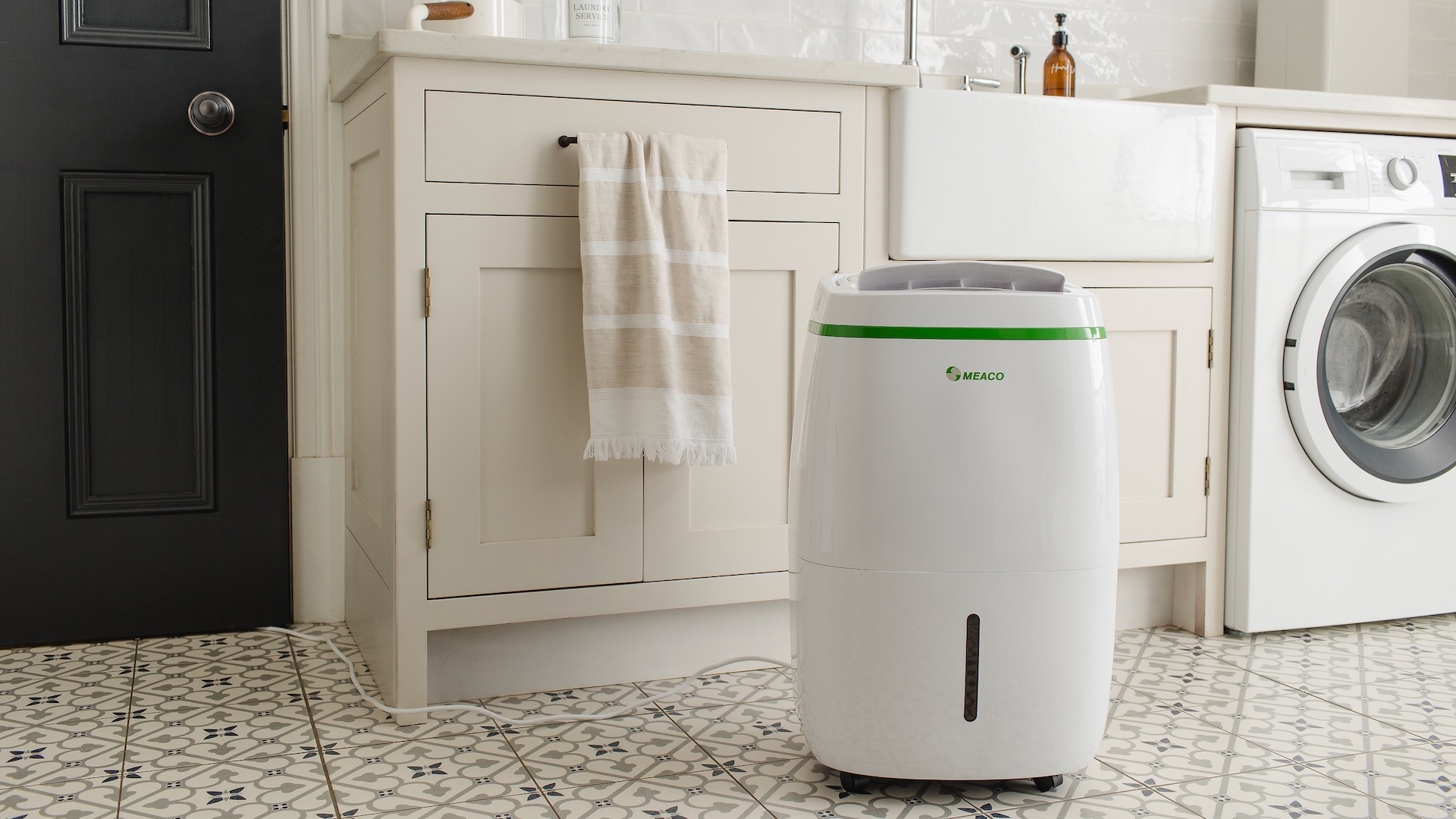
Again, Michael believes the best choice of a dehumidifier to dry wet washing indoors will mainly be dictated by the temperature of the room. '
"In a cold, unheated environment such as a conservatory or outhouse, a desiccant dehumidifier would be best," he says. "A desiccant also emits heat which makes it even more suitable for an unheated room. In regular household temperatures, a compressor would be best."
Nicki Bourlet agrees: "Again, both will do the job. The desiccant is best if you, like me, dry your clothes in an unheated conservatory," she says. "If you dry your clothes anywhere else, in a heated or warm part of the house, then a compressor model would do the job and use less energy as it will not heat the air, just dry the air and your clothes."
Verdict: It depends on the temperature of the room. Condensing models work better in warmer rooms, and desiccants thrive in colder conditions.
Which is best at removing mould?
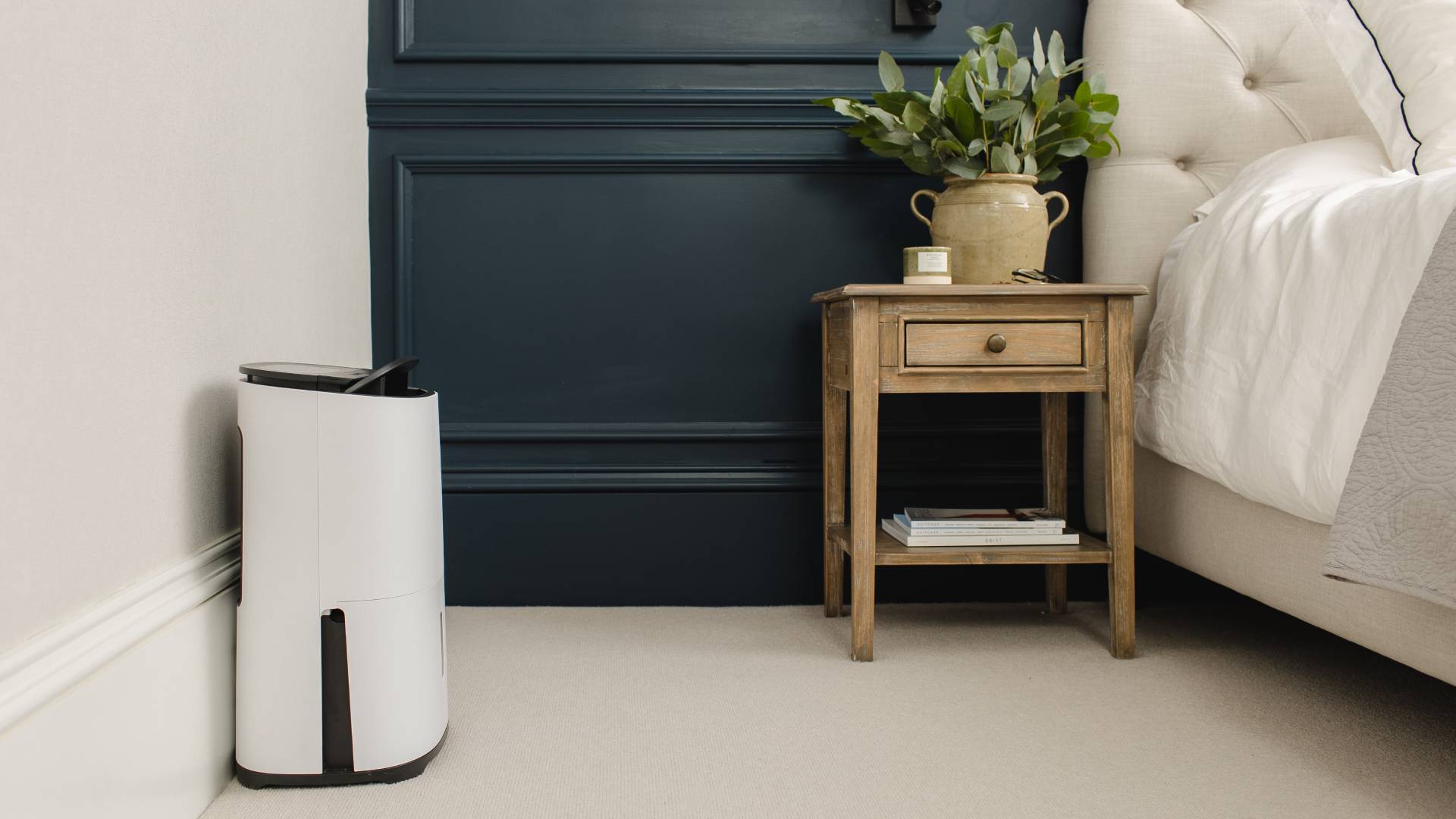
Before it's possible to answer this question, the first thing to understand is why there is so much humidity in the home that it creates mould on walls and furniture.
"If it is because the house is well insulated and people are cooking and drying clothes on radiators … then the solution lies with the dehumidifier," says Nicki. "If it is because there is a hole in the roof then that should be fixed, too."
But generally speaking, it's a dead heat. "Both desiccant and compressor dehumidifiers will address mould issues on walls and furniture by reducing the level of humidity," says Nicki, and Michael concurs that "both are equally effective as they remove excess moisture."
"Ideally, you should set the dehumidifier so that the humidity in the room sits around 50% when the room temperature is around 18-20 degrees C," says Nicki.
"If there is a cold spot, direct the airflow from the dehumidifier in that direction. If you don’t want to heat the whole house you can benefit by using a desiccant dehumidifier to add a little extra heat to the room you are drying."
Verdict: It's a draw.
Which costs more to run? A desiccant or compressor dehumidifier?
In terms of initial outlay, there isn't much to choose between the price of popular dehumidifiers. For example, Currys is currently selling the Meaco DD8L Zambeze desiccant dehumidifier for £249 and the Meaco Arete 20L compressor dehumidifier for £260.
But there is a difference when it comes to how much these dehumidifiers cost to run?
Michael at Meaco has broken down the running costs of two of its most popular models, including the energy-saving Meaco Arete One 20L compressor dehumidifier. This is based on an energy price of £0.245/kWh.
- The Meaco Zambezi desiccant dehumidifier costs £0.09 per hour to run on fan speed 1. This rises to £0.16 per hour on fan speed 2 and 3.
- The Meaco Arete 20L One compressor dehumidifier costs £0.05 per hour.
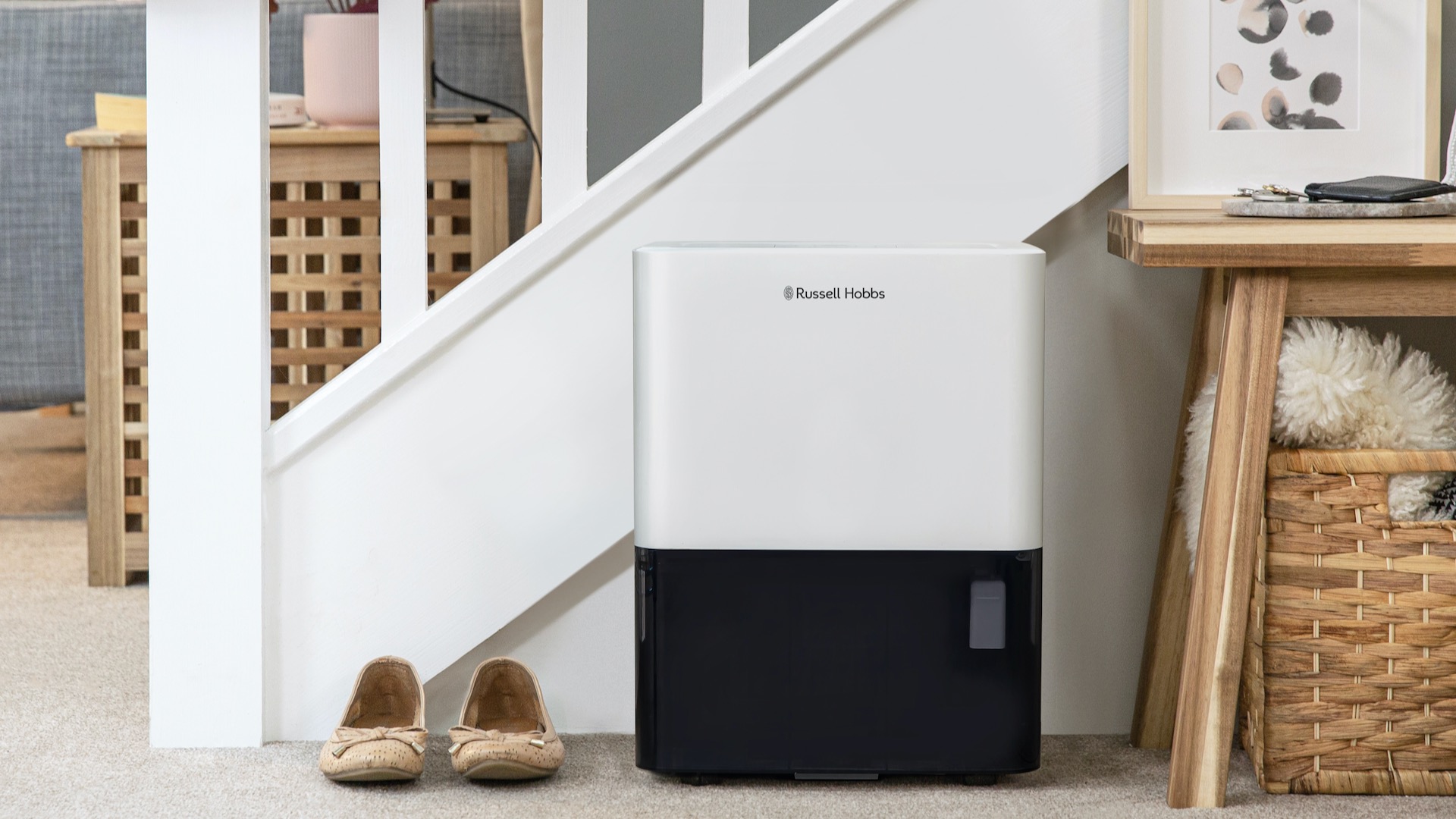
However, although a desiccant dehumidifier typically uses more energy, you may be able to leverage this extra cost.
"A compressor dehumidifier uses less electricity than a desiccant on average," says Michael. "However, a desiccant releases its extra energy as heat. So, there will be a cost to run your dehumidifier, but you are getting heat back into your home, meaning you can reduce your central heating accordingly."
"If you are asking whether the desiccant or compressor dehumidifier is more affordable, the answer comes from the application," adds Nicki. "If it will be used not only to dry the air but also to add some level of background heat, then the desiccant dehumidifier provides the greatest value for money."
The requirements will determine how long you should run a dehumidifier for and what size dehumidifier you need.
"If the dehumidifier’s job is to clean the air of allergens and to dry it and to do so while using as little energy as possible, models like Meaco's Arete offer the best value," says Nicki at Curry's. "If you only want to dry the air/clothes in a warm home, any Meaco compressor dehumidifier will provide excellent results affordably – and even if they cost more than budget models, their effectiveness over time more than compensates for the higher up-front cost."
Verdict: Condenser dehumidifiers are cheaper to run. However, the additional heat a desiccant model produces could cut your energy bills elsewhere. A condenser will also be less efficient in very cold conditions, which will increase its running costs.
Other desiccant and compressor dehumidifiers pros and cons
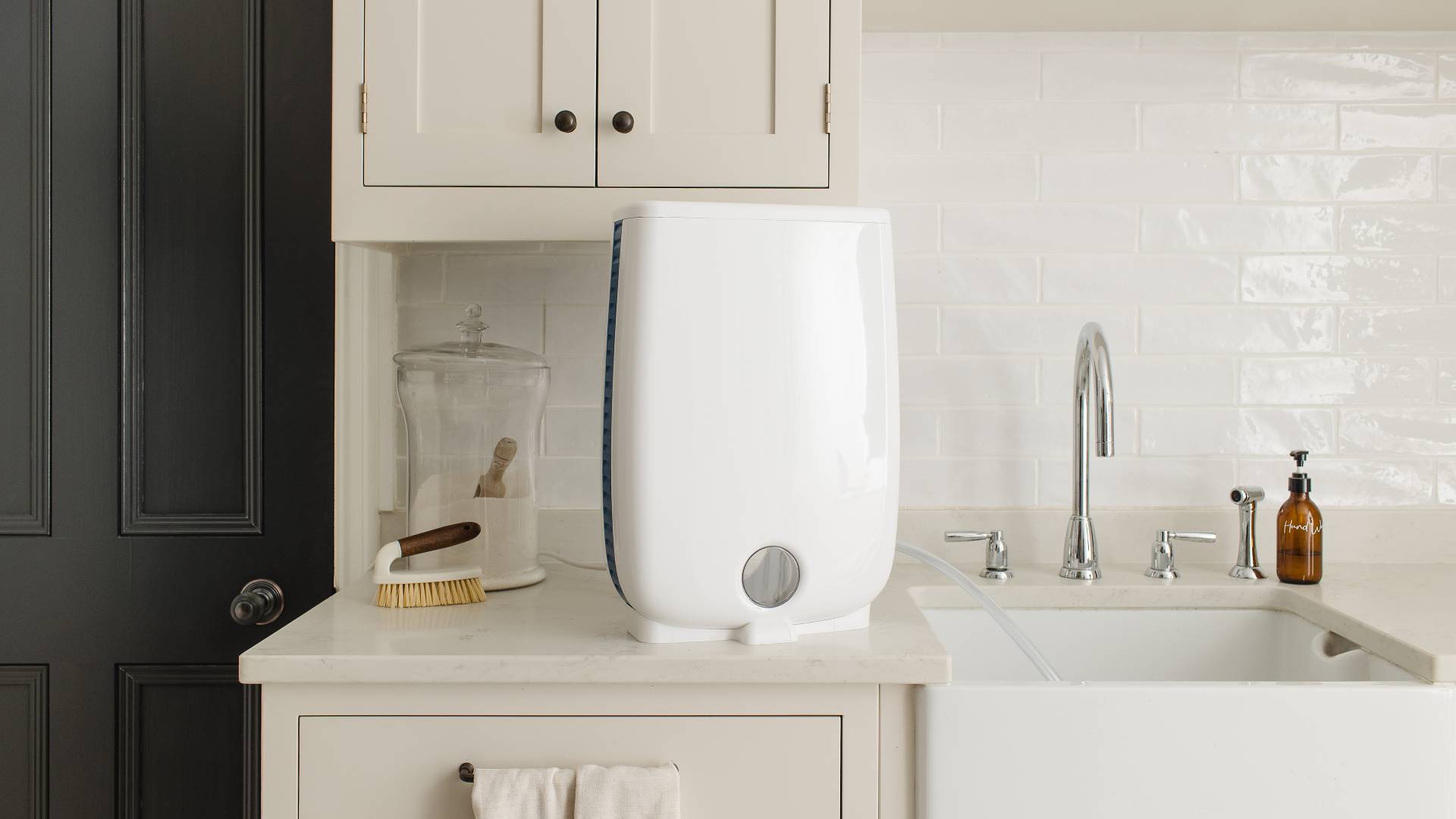
- Weight and portability: "A desiccant model is typically lighter than a compressor, which makes it more portable, which is handy if being used on a boat or in a garage," says Michael. This is because desiccant dehumidifiers don't contain heavy compressors. Therefore, if you are expecting to lug your dehumidifier up and down stairs regularly in search of the best place to put a dehumidifer, a desiccant will be more convenient.
- Noise: "A desiccant is slightly quieter," says Michael, although Nicki is quick to point out that "new compressor models including the Arete have won Quiet Mark approval, and they have more user-friendly energy saving controls, so they also deliver convenience just in a different way". These make the best dehumidifiers for a bedroom.
- Air purification: "Another consideration is the ability of dual-compressor dehumidifier air purifiers to cleanse the air at the same time as dehumidifying," says Michael. While this feature is rare on compressor models, it may be worth thinking about if you're looking for a two-in-one appliance to save on space when weighing up air purifiers vs dehumidifiers.
Ultimately, which should I buy?
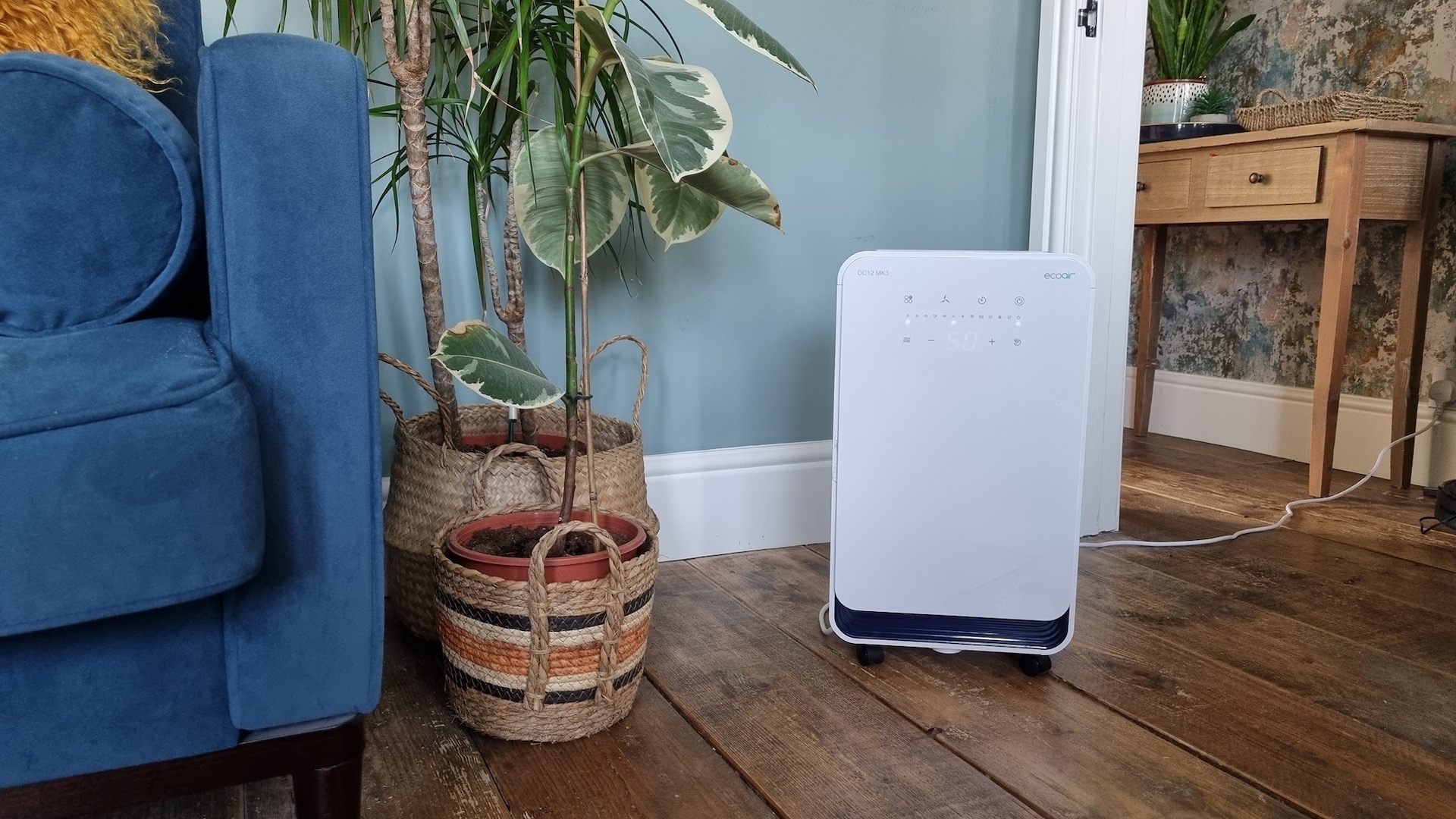
So which dehumidifier should you buy? Ultimately, the dehumidifier you pick will come down to its location.
If you're trying to clear damp from a cold, unheated room – or perhaps a second home that remains unheated for long periods – a desiccant dehumidifier is likely to be your best option. Otherwise, we'd suggest you invest in a compressor model. Sure, they will be slightly louder and heavier, but pound for pound they'll cost far less to run per litre of water removed from the air.
"If you want to dry a colder unheated space like a conservatory or garage then the desiccant dehumidifier is best," Nicki affirms. "Being lighter and more compact than compressor models, it is also well suited to use in smaller homes or flats."
The biggest downside of a desiccant dehumidifier is that it will cost more to run than a compressor, although it will provide some useful background heat.
"If you want the most energy-saving dehumidifier you can get and will only want to use it in heated rooms– typically in a space that is from 14-22 degrees C – the compressor model would be better," says Nicki.
And while compressors are slightly louder than desiccant dehumidifiers, picking a model with Quiet Mark approval will ensure that it will be quiet enough to 'live' in the same space as you.







